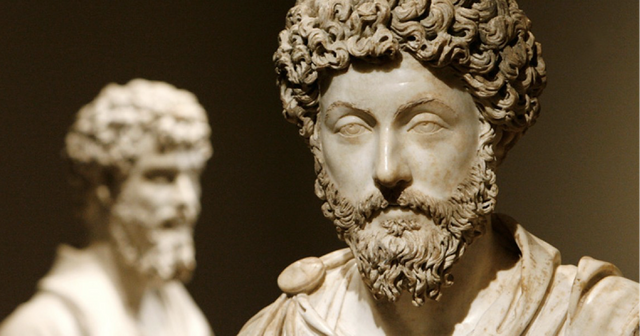Ancient philosophy. Some thoughts about stoicism
Stoicism is one of the many trends within the ancient Greek thought that has been named after the Athenian Stoa poikile decorated with colorful frescoes, the painter Polighet, in which the first representatives of this philosophical line were taught. In the history of Stoicism, the existence of three periods clearly differs: early, middle and new (Roman). The founder of Stoicism is Zeno from Kition on the island of Cyprus, known as Zeno-Stoica.
Since his father was a wealthy trader, he visited with his father Athena about 314-311, but because their ships were sunk, they remained there, and thanks to this circumstance he received a highly qualified philosophical education. Later, around 300 BC, he founded in Athens his own philosophical school called "Stoic". According to Diogenes Laertsy of Zenon-Stoica's many treatises, only individual fragments survived, which are generally grouped as belonging to the sphere of physics, logic and ethics, among which the most famous were "For the harmony with nature", the Pythagorean issues "," General Questions "," Ethics "," Logic "and" The State ".
In antiquity, Zeno-Stoica's ideas have not been appropriately appreciated and, for example, Cicero considered that they were not something original, and that they were rather an "echo of the already existing perceptions". Another prominent representative of Greek Stoicism was Clement of Assos (331-232 BC), who originated from the lowlands of the ancient society and, in fact, long lived through hard physical labor but subsequently reached the head of the school, led for about 30 years. The prominent representative of Stoicism is also Chrysippus of Sol in Cilicia, Asia Minor (277-208 BC), who was a student of Cleante and subsequently, after his death, a longtime leader of the same school, author of more than 700 treatises, most of them dedicated to dialectics. In fact, although Zeno had laid the foundations of the Stoic School, its chief representative was the Chrysippus, without the creativity of which the school could not survive and exist at all. The prominent representatives of Middle Stoicism were Panetheus (185-110 BC) and Posidonius (135-51 BC), and Roman Stoicism - Seneca, Epictet and Mark Aurelius.
In essence, Stoicism was a complex spiritual phenomenon involving various theoretical problems and their definitions and decisions, where the main direction of the theoretical effort was to differentiate the main areas of scientific knowledge and above all philosophy and the formation of the main sections of philosophy, which was generally defined as physics, logic and ethics, in which the problems relating to the socio-political sphere, the state and the law were considered in the ethics section.

To listen to the audio version of this article click on the play image.

Brought to you by @tts. If you find it useful please consider upvoting this reply.
You got a 24.85% upvote from @brupvoter courtesy of @godflesh!